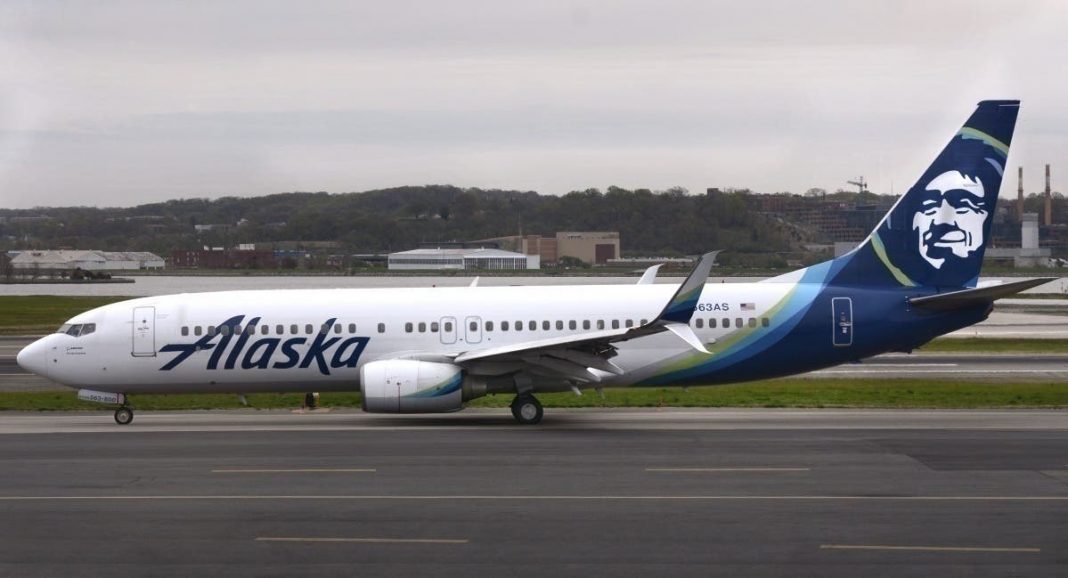Alaska Airlines has raised over $1.1 billion through the issuance of Equipment Notes secured by 61 aircraft. The airline will use the money for general corporate purposes to help it weather the current crisis. This comes as the airline charts a path forward to remain competitive and preserve liquidity.

Raising money by securing aircraft
In an investor update released on July 6th, Alaska Airlines announced it had raised $1,173,919,000 ($1.173919 billion) by securing 61 aircraft. This includes 26 737-800s delivered new to the airline between 2007 and 2010, 16 737-900ERs delivered between 2016 and 2019, and 19 Horizon E175LRs that were delivered between 2017 and 2018.

Planes are just some of the assets an airline can use to raise money. That is assuming that those aircraft are not leased or else have a previously existing financial lien on it. Other options for airlines include landing slots, gates, and traffic rights between countries. All of these are expensive assets that could be sold in case an airline defaults. Although, that is unlikely since losing an aircraft or slots would be a huge blow to an airline.
The 737s are the backbone of Alaska’s fleet and will stick around for a while. The A320s are a different story, and the carrier is evaluating its future fleet strategy. Securing these Notes using 737s and E175s shows that the airline is serious about raising the cash and provides additional guarantees.

Preserving liquidity
Alaska Airlines has had an impressive history. The carrier has seen and weathered a lot, but this crisis is something that no airline could have prepared for. While the airline is uniquely suited to recover from the crisis and emerge stronger, the airline needs to ensure it has the liquidity it needs to get through the year.
Fares also will be lower for the foreseeable future. Alaska will need to ensure it can maintain a competitive cost structure and have more cash coming into the airline than going out. However, that is easier said than done.

The carrier, earlier this year, tapped into government funding allocated to airlines to support its payroll. However, that money does not cover the airline’s general administrative and day-to-day expenses, which is why the carrier is raising additional cash.
Remaining competitive
While passenger demand has started to rebound, it still is not enough for the airline yet. The carrier has enacted almost 100 different health measures, has mandated masks and provided for warnings to offenders, and is eagerly awaiting a return to Hawaii in hopes of capturing more leisure travelers as the state reopens.

Furthermore, Alaska’s chief is pushing forward with oneworld membership. That timeline, now, appears to be accelerated. As part of the alliance, Alaska will be able to leverage more partnerships to help keep its aircraft full.
What do you make of this news? Do you think Alaska Airlines will emerge stronger from this crisis? Let us know in the comments!
[ad_2]
Source link


